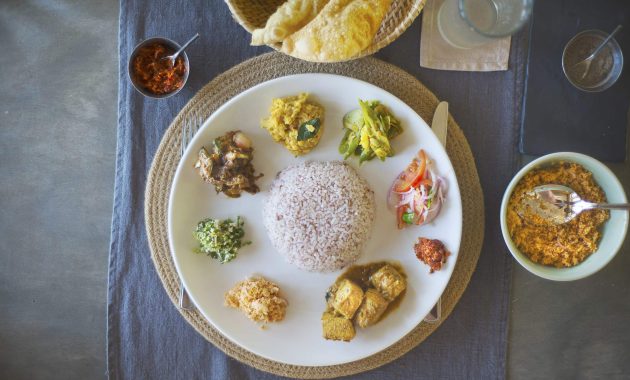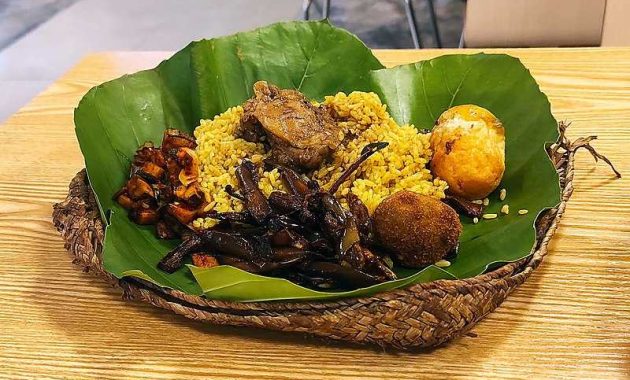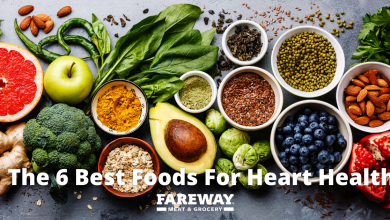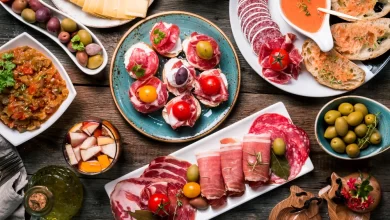Sri Lankan cuisine:
Instead of expensive beef and pork, chicken or fish are more often used. Some dishes use buffalo meat, venison, wild boar and even porcupine meat, but these are not always found in restaurants in tourist areas. It is worth noting the variety of spices used in Sri Lankan cuisine – their availability and a large assortment allow you to create dishes with amazing aroma and unusual taste options.
However, in local cafes and restaurants you can find interesting local snacks that are not found in tourist places – foreign-oriented food in Sri Lanka cannot convey the whole gamut of tastes, as it is an adapted version of the original.
Of the desserts, the most popular are vattalapam pudding (vattilappam), sweets made from coconut flakes and syrup, deep-fried cookies and pies, as well as sweets made from rice flour, coconut milk and palm honey. Ice cream is very popular, often served in combination with various types of fruits, offered in any establishment. Kurd (kerd) is traditionally used for breakfast – yogurt made from buffalo milk.
Deviled dishes, with spices, can be prepared with any base – fish, chicken, squid, shrimp, meat. Deviled style dishes are prepared by frying the main ingredient in coconut oil with the gradual addition of vegetables (largely quartered tomatoes, hot green peppers, minced garlic.

quartered onions, leeks). The resulting dish is stewed for 5 minutes in tomato sauce and served traditionally with rice and fresh vegetable salad. Deviled-style dish always turns out very juicy, fragrant, but very spicy because of the green pepper, which looks like a “swallow”.
One of the traditional dishes of the national cuisine of Sri Lanka is Para fish, a dish prepared from medium or large-sized whole fish, previously cleaned and baked whole with salt and pepper. The result is a crispy crust and tender, fragrant, juicy fish. Steamed fish is usually served with fried rice and vegetables, drizzled with lime juice or garlic ghee sauce.
As a rule, the largest tiger prawns, squids and lobsters are used for grilling, this dish can be found in any fish restaurant on the coast, but its composition depends on the catch. Of the fish, tuna, mullet, and butterfish are most often used. Shrimps can be both river and sea, the largest shrimps are called Jambo prawns. Shrimps are served with garlic butter sauce, special tomato sauce with parsley or lime juice with rice and salad.
The dish is easy to prepare outside of Sri Lanka due to the availability of most ingredients.
Green jackfruit curry, called Polos, is made by boiling unripe jackfruit pulp for two hours in coconut milk, garlic, onion, toasted spices (fenugreek seeds, turmeric, chili, black pepper, cardamom, cloves, cinnamon, tamarind, curry leaves, and others). Traditionally served with rice, the abundance of spices used to prepare this type of curry makes the dish extremely flavorful.
In addition to seafood (crabs, squid, shrimp, various fish), the dish includes spices (turmeric, tamarind, chili peppers), vegetables (beans, jackfruit seeds, cassava), brown rice, as well as flour from palmyra tubers (odiyal), which gives soup thickness. Served as a main course with pieces of raw coconut or with bread.
Coconut snack Pol sambol is used as a component of curry rice, with coconut cakes, noodles or bread. Coconut sambol includes finely grated coconut mashed with red chili pods, chopped red onion, and lime juice dressing with salt and sugar (tomatoes are sometimes included in the recipe).
Lulu miris sambol is a spicy condiment served with curry rice, roti and other traditional Sri Lankan dishes. Lunu miris sambol includes finely chopped red onion, dried red chili flakes, fresh chili cut into small pieces, dried smoked Maldivian fish. All ingredients are mixed and ground to a paste, then salted and seasoned with lime juice.
Pickled appetizer accharu – a mix of spicy vegetables in a marinade, there can be many options for accharu recipes, some may include a wide range of different vegetables and fruits. One of the most common variations of accharu is made with green chili peppers, small white or red onions, carrots, cabbage, ginger, and garlic, dressed with coconut vinegar, salt, and spices (ground black pepper, turmeric, mustard seeds). All ingredients are stewed for several minutes separately, then poured with vinegar and left to marinate for a day or two.

First of all, spicy. In Sri Lankan cuisine, it is difficult to find dishes in which you will not find curry – the main spice that is added to meat, fish, vegetable dishes, rice and flatbreads, pancakes and noodles. Curry is spicy – with chili peppers, or soft, light with the addition of fruit or coconut milk – the choice is yours.
Exotic, no exaggeration. Coconut milk, flour often become the basis of many Sri Lankan dishes. Sauces are made from mango, lemongrass, orange, lychee, pineapple juices, and in general, combinations of meat, seafood, fish, vegetables and fruits that are unusual for us are quite familiar here.
The main side dish of Sri Lankan cuisine is rice. It is served with almost all dishes, and even becomes the basis for desserts, such as rice pudding with coconut milk.
What you will not find in Sri Lankan cuisine is beef, since the cow in local culture is a sacred animal and cannot be eaten.
Sri Lankan cuisine is ideal for those who do not eat food of animal origin – vegetarians, vegans, since each of its dishes is unthinkable without fresh or baked vegetables. Vegetable curries, vegetable cottu, vegetable soups and coconut milk tortillas, lentil buns and donuts, cereal side dishes?
Therefore, to come here and not try the local black or green tea is simply unforgivable.
What else is important to know – it is not customary for the Sri Lankans to use cutlery. Bread, tortillas and pitas can only be broken by hand. But after a change of dishes or a meal, bowls of water are always served, where you can wash your hands.



